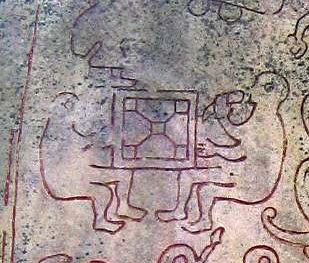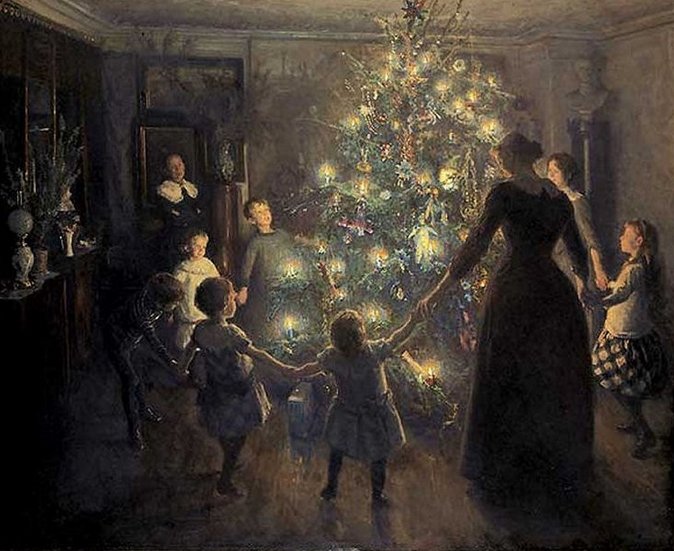Bb1.3 By looking at the stars close to the right ascension line at the face of the Full Moon the Gregorian calendar days could be deduced, because the Sun must be half a year away - the nakshatra method for determining days. When for instance the Sun was in August 9 (221, *141), it meant the face of the Full Moon could be observed around 182 (= 364 / 2) days away in the place of the sky corresponding to February 8 (39 = 221 - 182 = 365 + 39 = 404 = 221 + 183):
In my table below the dates are not directly those in the Gregorian calendar but the complementary indirect ones, those representing the positions which would have been observed at the places of the nakshatra Full Moon.
For instance, at 'February 8' the Full Moon would have been around the right ascension line *324, and consequently the Sun would be in August 9 (*141 = *324 - *183):
... On February 9 the Chorti Ah K'in, 'diviners', begin the agricultural year. Both the 260-day cycle and the solar year are used in setting dates for religious and agricultural ceremonies, especially when those rituals fall at the same time in both calendars. The ceremony begins when the diviners go to a sacred spring where they choose five stones with the proper shape and color. These stones will mark the five positions of the sacred cosmogram created by the ritual. When the stones are brought back to the ceremonial house, two diviners start the ritual by placing the stones on a table in a careful pattern that reproduces the schematic of the universe. At the same time, helpers under the table replace last year's diagram with the new one. They believe that by placing the cosmic diagram under the base of God at the center of the world they demonstrate that God dominates the universe. The priests place the stones in a very particular order. First the stone that corresponds to the sun in the eastern, sunrise position of summer solstice is set down; then the stone corresponding to the western, sunset position of the same solstice. This is followed by stones representing the western, sunset position of the winter solstice, then its eastern, sunrise position. Together these four stones form a square. They sit at the four corners of the square just as we saw in the Creation story from the Classic period and in the Popol Vuh. Finally, the center stone is placed to form the ancient five-point sign modern researchers called the quincunx ...
The season which south of the equator (on Easter Island) corresponded to early August in the north was early February. Thus the stars close to the Full Moon in August could be observed to be positioned in February so to say.
After having deduced the current Sun position with the nakshatra method it would then be easy to reduce with *64 (= *80 - *16) right ascension days in order to find the corresponding (according to the Gregorian calendar structure) days in the Golden Age of the Bull (when they had waited about 16 days extra for the reappearance of the stars):
|
|||||||||||||||||||||||||||||||||||||||||||||||||||||||||||||||||||||||||||||||||||||||||||||||||||||||||||||||||||||||||||||||||||||||||||||||||||||||||||||||||||||||||||||||||||||||||||||||||||||||||||||||||||||||||||||||||||||||||||||||

























